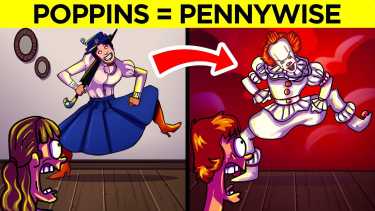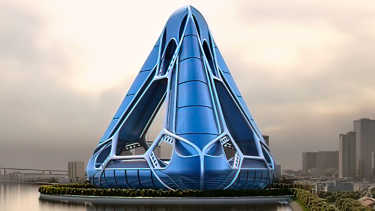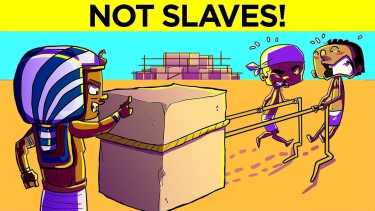Historic Ideas So Dumb They Were Smart
There have been a lot of historic ideas that, despite being dumb, were actually really smart.
HistoryThroughout history, there have been a handful of occasions where the dumbest-sounding ideas turned out to be an absolute stroke of genius. Some of these seemingly-stupid plans and strategies ultimately turned the tide in battles and even permanently changed the places in which they occurred.
So, strap into your time machine, as we explore some historic ideas so dumb and ridiculous, that they were actually smart.
10. Bridge Of Bluffs
Every poker player knows the trouble with bluffing is it doesn’t always work. But in November 1805, French commanders Jean Lannes and Joachim Murat went all-in on one of the biggest bluffs of all time. Leading France on the offensive into Austria, Lannes and Murat came to the Tabor Bridge, which was under heavy enemy control.
But instead of turning tails, Lannes and Murat strolled across the bridge, loudly laughing about how happy they were that the French and Austria-Russian armies had finally signed a peace treaty. A peace treaty which, in reality, did not exist.
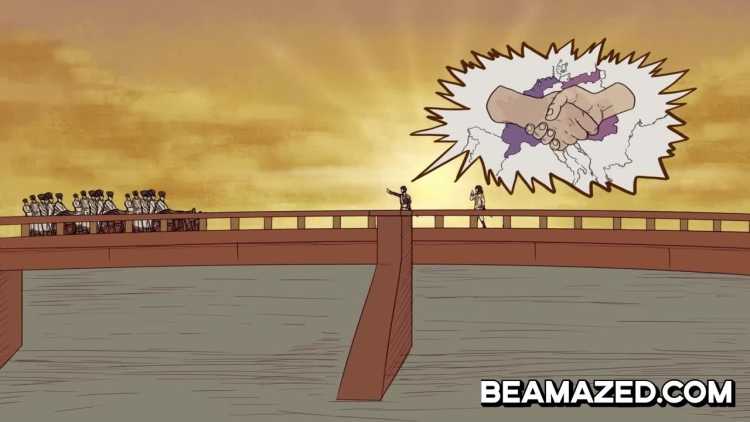
Amazingly, the Austrian officials bought the story and allowed them onto the bridge. But one Austrian sergeant suspected a ruse and lit up some explosives. However, Lannes extinguished the fuse before it ignited the explosives, and cockily sat on a cannon smoking his pipe and berating the sergeant for his actions.
Eventually, everyone had fallen for the commanders’ wily charm, and the Austrians handed the bridge to the French, trusting in the nonexistent armistice. Bad move. Within a month, the bridge proved a critical advantage to the French, who crossed it as they marched into Vienna and crushed the Austria-Russian resistance. I’m guessing the Austrians had a few trust issues after that.

9. West Virginia’s Cold War Caper
In 1977, the tiny, isolated community of Vulcan, West Virginia encountered an unusual problem, with an even weirder solution. The rickety bridge that provided the only way to safely enter and exit the town had collapsed, and the state government was refusing to shell out for repairs.
So, at the height of the Cold War, Vulcan collectively wrote a letter requesting foreign aid from America’s enemies in Communist East Germany and the Soviet Union. Sensing an opportunity to shame the American government, Russian journalists were immediately dispatched to interview Vulcan residents and share their stories with the world.
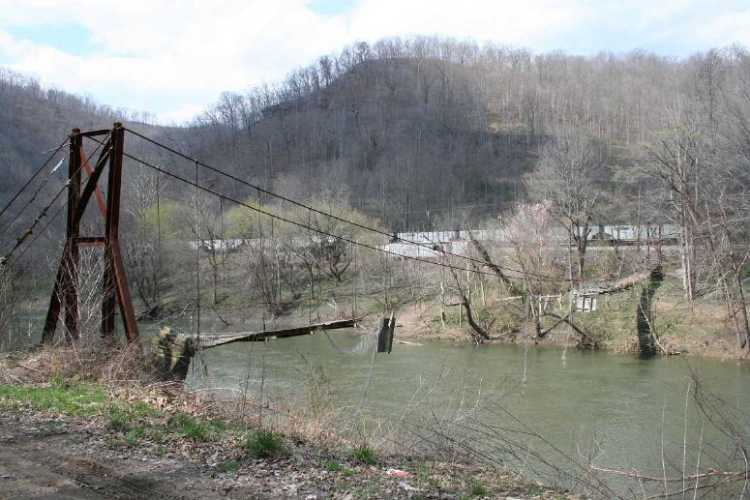
With the embarrassment of Communist assistance imminent, the West Virginia state government finally provided $1.3 million to build the bridge. The Vulcan residents’ ingeniously-dumb bluff worked like a charm, proving sleeping with the enemy really does work sometimes.
8. An Aerial Distraction
In the last days of the Second World War, the U.S army set out to rescue prisoners of war from a brutal Japanese internment camp in the Philippines. Their chances of success were incredibly slim, considering how brutal the Japanese were with their treatment of prisoners. At the slightest alarm, the Japanese might slaughter all the POWs without hesitation.
This meant that the U.S army had to think big, and ridiculous. Eventually, they decided on a plan: they would rescue the prisoners by putting on a night-time airshow. Sounds crazy right? Well, when the night arrived, the American pilot of a P-61 Black Widow soared over the camp, twisting and twirling in the air, to the puzzled amazement of the Japanese soldiers.
While the Japanese were distracted by the aerial acrobatics, U.S and Filipino soldiers snuck into the camp.
When the signal was given, the allies launched their attack, reportedly taking down every control tower and pillbox in the camp within fifteen seconds, and obliterating the Japanese soldiers. Thanks to the U.S Air Force’s impromptu air show, over five hundred prisoners were rescued from the camp and brought home to safety.
7. Bomb Flippers
The U.S air force weren’t the only fearless heroes of the sky in World War 2. British pilots were too, and proved their mettle in 1944 when the Germans developed the V1 flying bomb. This early form of cruise missile could be aimed at a location, like London, and launched without the need for a pilot.
Each V1 would be given precisely the amount of fuel to reach its destination, and when it ran out, it’d plummet to the ground and explode. But Britain’s Royal Air Force managed to find a surprising weakness for these hugely-destructive weapons. Planes were flown out to intercept the bombs and put them out of commission by bumping them with their wings.
By doing so, British pilots were able to disrupt the flow of air over the bombs’ wings, causing them to lose control and crash before they could reach their destination. Barrage balloons joined the party too, lugging huge steel cables into the air to snag passing aircraft and bombers.
As dangerous as the practice of bomb-flipping was for the skilled pilots involved, it was an unexpected success and exploited one of the few vulnerabilities in an otherwise-lethal German weapon.
6. Big Bill’s Beer Bottles
Some people just love a punch-up, and none more than Sergeant Bill Speakman, a soldier from Altrincham, England, who fought in the Korean War. Sgt Speakman, or ‘Big Bill’ as he was more affectionally known thanks to his six-foot-six stature, became something of a military celebrity for one unbelievable wartime episode.
In November 1951, Bill’s battalion was defending a position in Korea when it was besieged by 6,000 enemy soldiers. Big Bill didn’t have time to grab a rifle and, instead, loaded his pockets with grenades. After several back-and-forth runs of pulverizing enemy soldiers with grenades, the supplies ran dry.

But, in the heat of battle, Bill adopted a new plan. He loaded up on, of all things, beer bottles, as well as a few ration tins. With unusual projectiles in hand, Bill led an onslaught with several others, inflicting bottle-and-can violence like a posse of deranged grocery shoppers.
Bill fought for four hours straight, only taking a break when he sustained injuries to his knee and shoulder. That didn’t stop him though. When the medic treating him had his back turned, Bill dove right back into battle.

The sheer fury and ingenuity of Big Bill’s battle charge proved sufficient to hold the line long enough for a safe retreat. On his eventual return to England, Bill was presented with the Victoria Cross, the highest award of the British honors system, by King George VI. To top it all off, he was only 24 at the time. If there’s a story in existence involving beer and Englishmen in their mid-20s that can rival Bill’s, I’ve yet to hear it!
5. Spin To Win
Of all the stupidly-risky defense tactics employed by war pilots throughout history, the actions of Robert Klingman have to be the craziest. Klingman was an American pilot serving in the Pacific during the Second World War.
When a Japanese reconnaissance plane was spotted in the skies above the aircraft carrier Klingman was stationed on, he and several others hopped in fighter planes to take ‘em down.

In an attempt at evasion, the Japanese pilot began flying to extreme heights, placing his faith in the ability of Japanese-made aircraft to withstand extreme altitudes. Before long, all the American pilots except Klingman were forced back to the ground as the altitude began killing their engines.
With time against him, Klingman had to act, but his guns had frozen. On the brink of failure, Klingman had a crazy idea. He began ramming the enemy aircraft, using his propeller to slice chunks from the plane.

Eventually, he managed to sever the enemy plane’s rudder, sending the Japanese pilot on a 38,000-ft spiral into the sea. Remarkably, Klingman’s plane took minimal damage and he managed to land safely to tell the tale of his incredible exploits up in the stratosphere.
4. Shoes of a Bootlegger
Between 1920 and 1933, the American government banned the sale and consumption of alcohol throughout the USA. But the American public weren’t going to let a few lousy old laws stop them from drinking booze. So, many people started making and distributing their own alcohol, in a practice known as bootlegging.
Of course, this was highly illegal, and covering their tracks was essential for any bootleggers wanting to avoid being caught. So, to keep authorities at bay, bootleggers started wearing ‘cow shoes’.

These were strips of metal attached to blocks of wood that were carved to look like cow hooves and were strapped beneath a pair of shoes. Because bootleggers usually kept their brewing and distilling equipment in remote locations, any human shoe-prints – if discovered – could alert authorities to suspicious activity.
But wearing cow shoes meant leaving animal tracks instead, throwing off any suspicions of human activity in the area and confusing officers in the event of a pursuit.
3. The Great Potato Battle
One night during WW2, in the middle of the Pacific Ocean, the potato played a role in history no one had ever expected it to: the role of ‘deadly weapon’. After spotting a Japanese submarine one evening in 1943, a destroyer ship named the USS O’Bannon jumped into action.
Initially intending to ram the sub, the crew held back at the last minute, fearing the sub might contain mines that could explode and sink the O’Bannon. But following the late change of heart, the sub was now extremely close; too close to safely open fire with the ship’s guns.

So, as the navy legend goes, without any handguns on deck, the crew of the USS O’Bannon started launching the next-best-thing: the on-deck reserves of potatoes.
The Japanese soldiers, assuming the potatoes were hand grenades, began doing all they could to throw them back, prioritizing the potatoes overmanning their submarine’s 3-inch deck gun.

In the chaos, the USS O’Bannon was afforded time to steer clear of the sub and open fire. Before the Japanese troops knew it, their submarine had been sunk to the bottom of the ocean. And all thanks to a few time-buying potatoes.

2. Moon War
In 1958, in the throes of the Cold War, the USA and the Soviet Union were desperate to outdo each other on the world stage. One of their most significant contests of one-upmanship came in the form of the race to put machines, and eventually people, in space.
But the task was proving difficult for the US, and with the launch of the first satellite, Sputnik, in 1957, the USSR were rapidly taking the lead. So, in a desperate attempt to win the propaganda war in spectacular fashion, the US Air Force decided to blow up the moon with a nuclear bomb. Seriously.

The argument in favor went something like this: Not only would doing so give American scientists a chance to study the effect of a nuclear explosion on the moon’s surface, but it’d also be a huge display of power. Because, in all fairness, it doesn’t get much more brave than nuking the moon.
But despite months of planning, the project was eventually scrapped for fear of a negative public reaction, as well as the risk of making the moon inhospitable to future astronauts. Despite never coming to fruition, the whole affair would go down as one of the strangest, and arguably dumbest, moments in US history.

1. The Sweetest Rebellion
In 1956, Hungary was under the rule of the Soviet Union, and things weren’t exactly going great. As was typical of Communist nations, the quality of life was poor, and food was scarce. Sick of the failings of their Soviet oppressors, thousands of Hungarians gathered in Budapest to stage a rebellion.
It was a relative success, at least in the 10 days before the Soviets rolled into the Hungarian capital with tanks and soldiers with guns. Unfortunately, the Hungarians didn’t have any real weapons of their own and had to improvise once the Soviets came.
Banding together, they covered the streets with cooking oil, jelly and soap, so that when the tanks rolled through, they slid all over the place, unable to gain any traction.

When the tanks came to a halt, local kids would race over to the war machines and smear jelly all over the windows, leaving the drivers blinded. Sadly, the rebellion didn’t quite work, but you have to admire the thinking behind it. An idea so ridiculous, it almost worked.
If you were amazed at these historic ideas so dumb they were smart, you might want to read this article about dumb ideas and solutions that actually work. Thanks for reading.
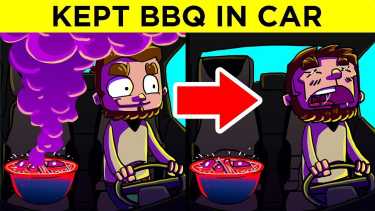



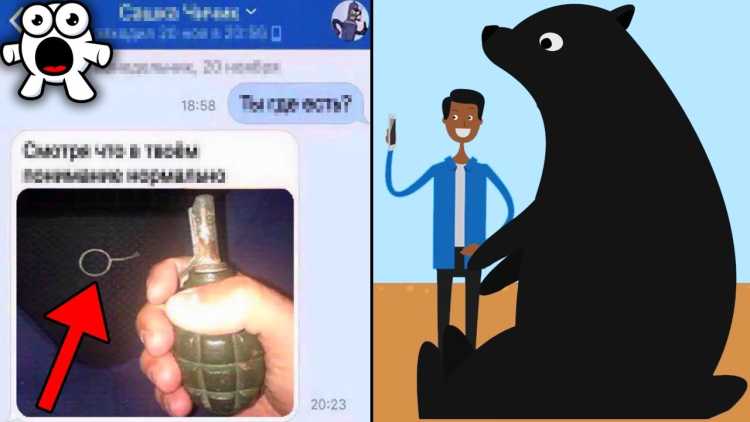








![Embarrassingly Dumb Ways People Died - Darwin Awards Winners [Part 14]](http://images.ctfassets.net/l031eph9pzsg/686De1sLP59fCNWLkbDwm5/4031ad820164610867ececf9513ce5ce/embarrassingly-dumb-ways-people-died---darwin-awards-winners-_part-14_.jpg?w=750&h=422&fl=progressive&q=50&fm=jpg)
